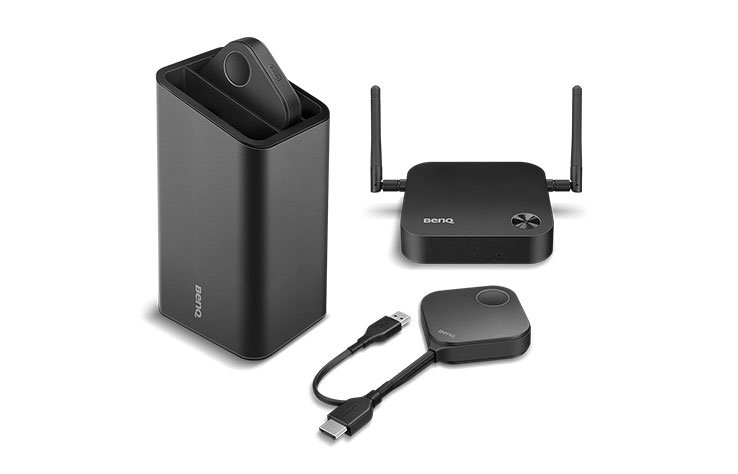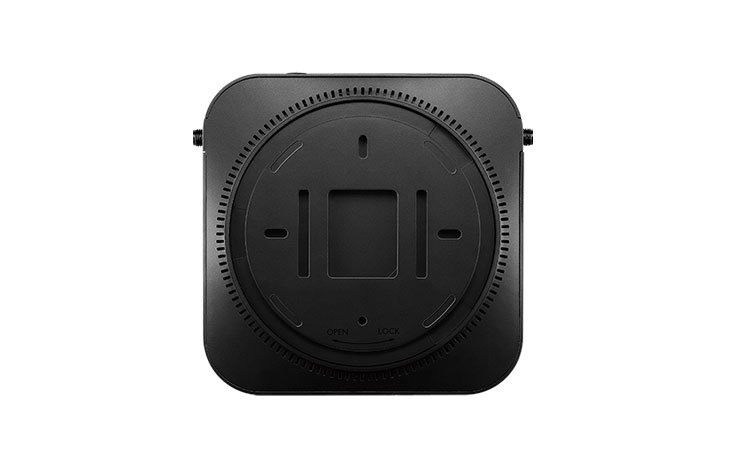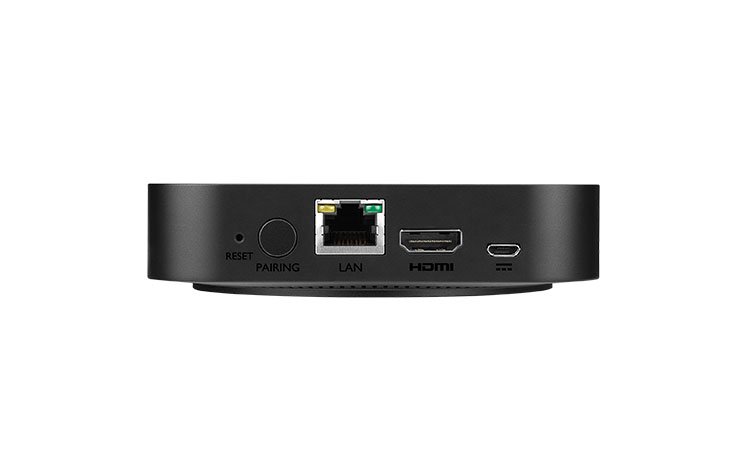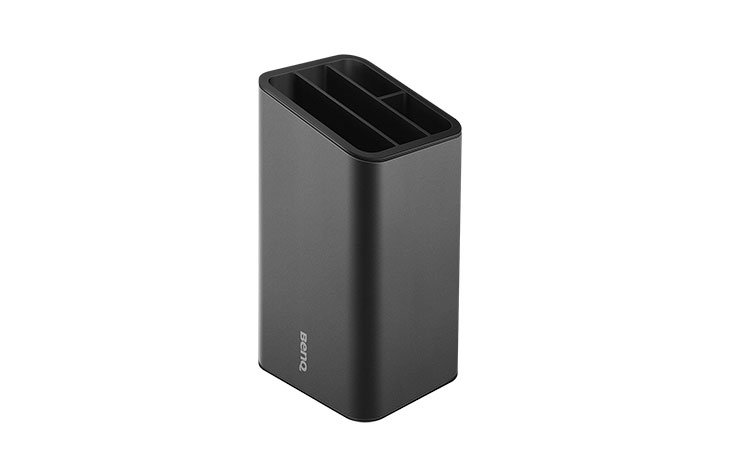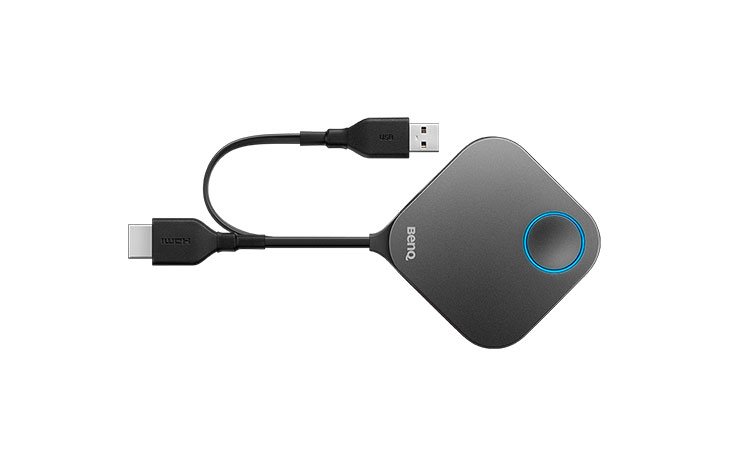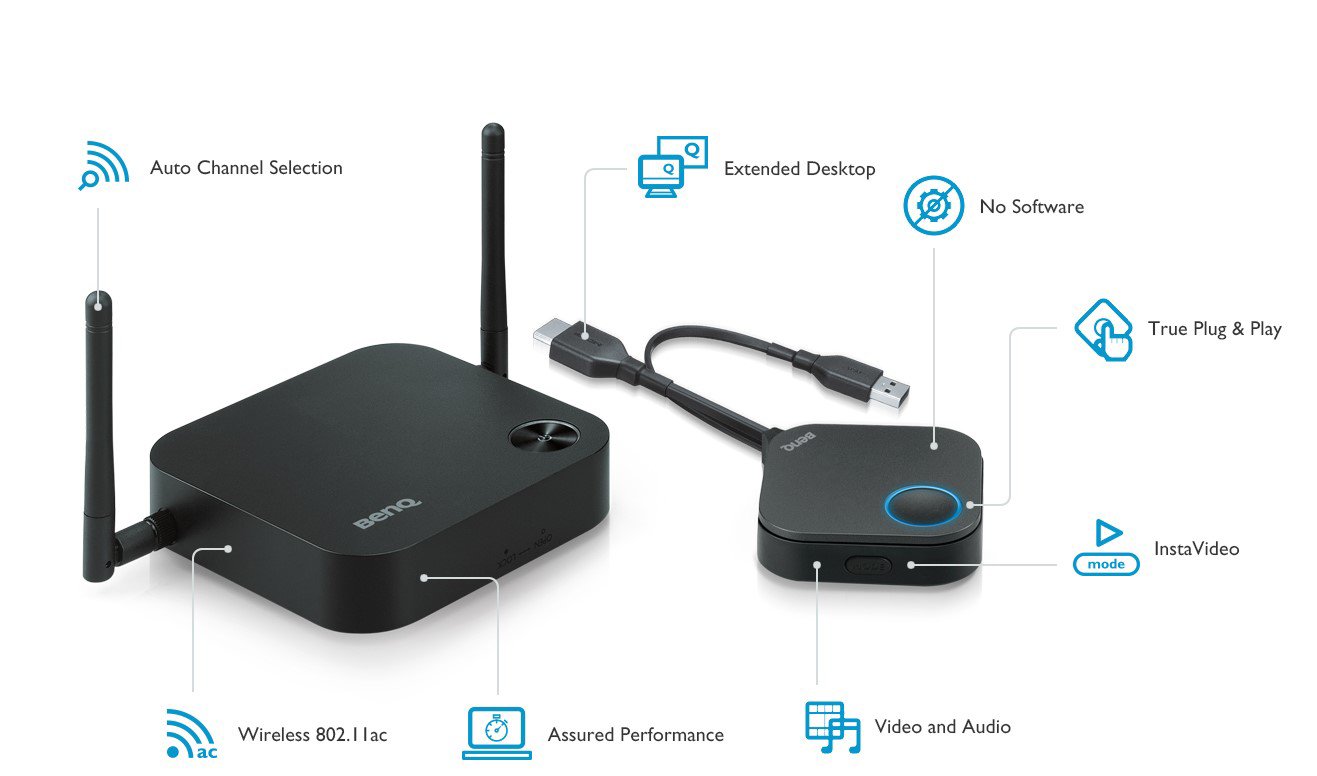BenQ Wireless Presentation Systems Are Less Expensive Than an HDMI Cable
- BenQ
- 2019-11-14
Why not use HDMI cables?
Surprisingly, a commercial-grade screen mirroring systems that wirelessly transmit HDMI signals in a meeting room can be less expensive than a simple HDMI cable connected to a wall-mounted flat panel or ceiling mounted projector?
In a commercial office environment, cables are nearly always run through walls, floors, and ceilings for safety and aesthetic reasons. This simple task means that the cable must be fire rated, and have sufficient length to go around obstacles like walls and floors to where they connect to the table.
Here is an example of what BenQ had spent for a basic installation of HDMI cables when we built our small and medium-sized conference rooms in 2018. This was a simple installation where the presenter connected to the HDMI cable coming from the floor to a ceiling-mounted projector.
Components
|
Cost |
|---|---|
Components
Long HDMI Cable with an appropriate fire rating | Cost 200 |
Components
Cable Management Insert (Cable Cuddy) for Table | Cost 300 |
Components
Labor to modify table for cable management system | Cost 350 |
Components
Labor to Install HDMI cable from ceiling to table | Cost 250 |
Components
Total Costs | Cost 1100 |
Using a wireless presentation system instead enabled us to save money on materials and installation, kept our conference room table from having to be cut, and enabled us to have more than one presenter use the screen at the same time. These systems also are better for smaller, faster-growing companies who can easily move the system to another building if they expand.
Why is a BenQ wireless presentation systems is less expensive than an HDMI cable for your meeting room?
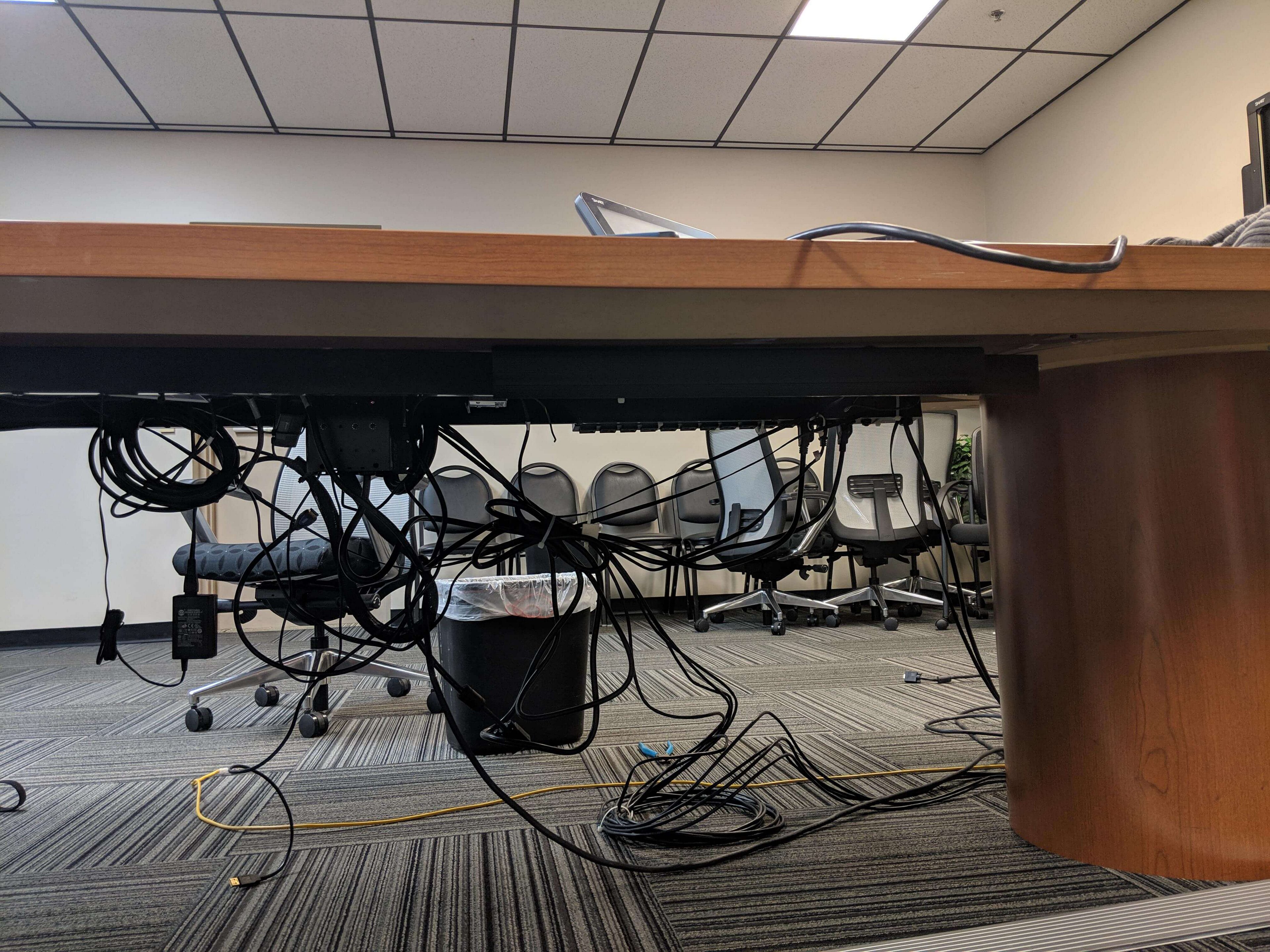
When we recently expanded our office space to enable improved collaboration among our teams, we were excited to set up our latest BenQ laser projectors and interactive flat panels for our meeting rooms.
During the process, we made a surprising discovery of the hidden cost of HDMI cables compared to a wireless presentation system.
For our largest room, we set up a ceiling-mounted laser projector over a 14-foot long conference table. To connect the projector, we had to run a long HDMI cable through the ceiling, wall, and floor to enable presenters at the table to connect to their projector. How much did that cost? A lot.
First, our HDMI cable was expensive since it was fire-rated and over 50 feet long. Secondly, we had to drill into the concrete floor to enable the cable to be properly hidden. Add in labor for cutting into the table, installing the cable cubby, running the cables, and making everything neat – we spent well over $1,000. And that is just for a simple connection. If we were to add additional sources and an HDMI switcher, the costs go even higher to more than $2000.
In addition to the HDMI cables, we also installed a BenQ InstaShow wireless presentation system in each room. It took ten minutes to install. We simply attached the receiver to the projector mount, connected it to the projector’s USB for power and signal – and put the wireless HDMI and USB-C buttons on the table. Amazingly simple – and based on the others who have reviewed it on YouTube, a typical install.
Set up the InstaShare with ease
Because the InstaShow comes with two buttons (you can add more as needed), it immediately changed our meetings. No more passing the cables around. Our team simply attached the USB-C or HDMI button to their BYOD device to share content from anywhere in the room rather than having to sit next to the cable. Meetings moved faster since all it took was a tap of the button to share your screen without wasting any time between presenters.
So what about all that money for the cables? They are still there – gathering dust under those expensive holes and cable cubby’s like an old toy that you still want to keep around “just in case”. But after collaborating with an InstaShow wireless presentation system, going back to passing a cable around feels like having to use an old cell phone where you actually dial the number.
Wireless Presentation System BenQ InstaShow
So what about all that money for the cables? They are still there – gathering dust under those expensive holes and cable cubby’s like an old toy that you still want to keep around “just in case”. But after collaborating with an InstaShow wireless presentation system, going back to passing a cable around feels like having to use an old cell phone where you actually dial the number.
